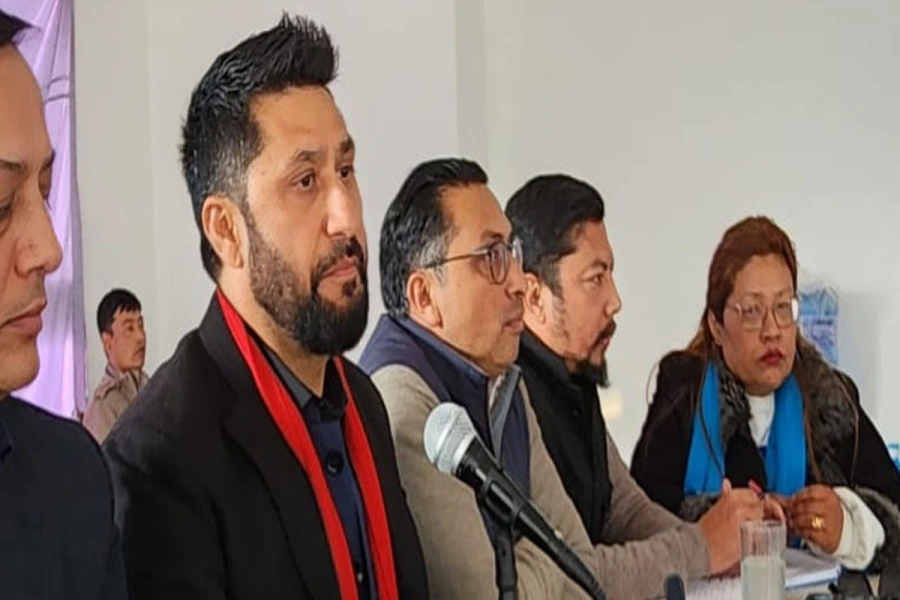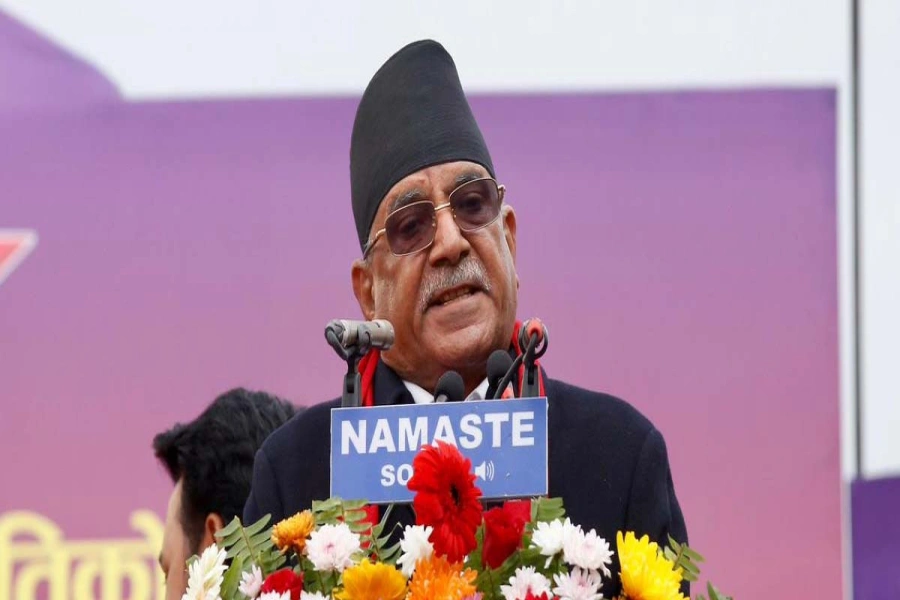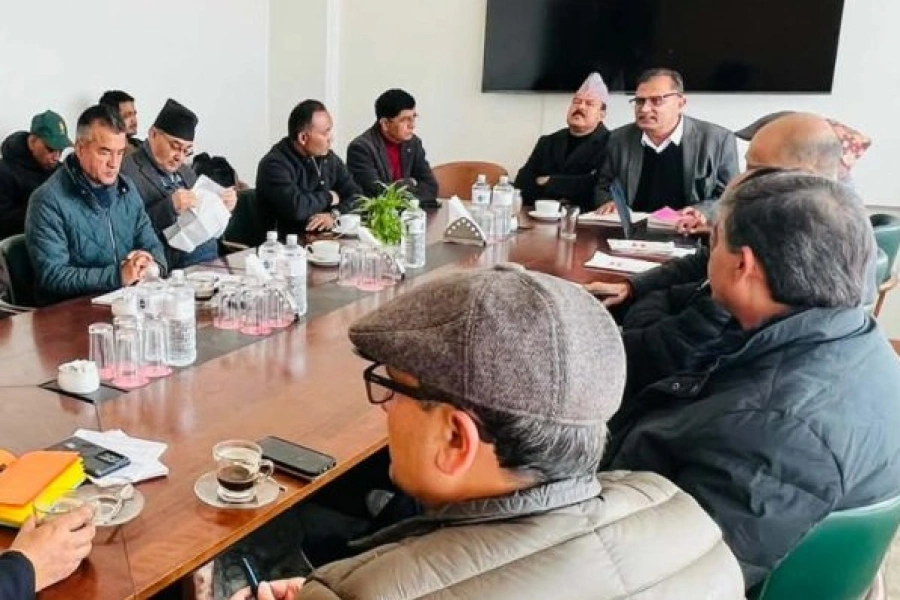FDI needs to be viewed as a means to achieve SDGs and not an end in itself. This means that all FDI potential projects should be viewed from the lenses of environment, labor and human rights, SMEs, health, inclusion and diversity.
On November 25, 2021, the UN General Assembly endorsed the proposal to graduate Nepal to a middle-income developing nation by 2026. In line with this, Nepal intends to achieve the Sustainable Development Goals outlined by the UN and get classified as an upper middle-income country by 2030, as per the 15th periodic plan of Nepal (FY 2019/ 20-2023/ 24).[1] To meet these goals, the Nepal Planning Commission estimates that on average, an annual investment of Rs 2025 billion is required.[2] While the public sector is expected to contribute 55 percent of this requirement, private sector contribution is anticipated at 36 percent. Within the private sector, however, there is an average yearly financing gap of 38 percent. This gap is expected to be covered by mobilizing equity, bank financing and FDI.[3]
In the last five years, prior to the pandemic, there have been several attempts from both the private and public sectors to bolster FDI in Nepal. Particularly, after the promulgation of the new Constitution of 2015, and the consequent revisions and restructuring of various government ministries, departments and sectors, FDI, too, has undergone reforms, albeit unsatisfactorily. Before hailing FDI as the panacea to all our woes, however, we need to take a moment and reflect on the progress we have made so far.
The pandemic and now the war on Ukraine have had significant impact to FDI. While global FDI flows in 2021 were up 64 percent from 2020 at $1.58 trillion, thereby restoring the flow to pre-pandemic levels, UNCTAD predicts that owing to the war in Ukraine and the lingering effects of the pandemic, this momentum is unlikely to be sustained in 2022.
In line with this global trend, as per the Nepal Rastra Bank (NRB), the net FDI inflow increased by 49.1 percent to Rs 19.48 billion in 2019/ 20 in Nepal.[4] In the year 2020/ 21, the NRB accounted for a net inflow of Rs 29.67 billion and foreign loans of up to Rs 6.30 billion.[5] However, there is a huge gap between approved FDI and actual net inflow of the said FDI. A report published by the NRB has cited reasons of time lags between approval and inflow as well as a longer gestation period of projects. In reality, it also reflects a couple of other factors such as inefficiency and complexity of the process, delays caused by red tape and the improper collection of data.[6]
From the data available at the World Bank, the total contribution of FDI, net inflows in terms of GDP from in the pre-pandemic world, i.e. 2010 – 2020 has been at an average of 0.39 percent. To this end, it is critical we analyze the real impact of FDI. Looking at the glass as half empty, this rate is indeed marginal. However, if we were to look at the glass as half full, this shows tremendous scope for progress for the future.
In order to effectively increase the net inflow, primarily, we need to examine where we actually need FDI. Current data from a newly published report of the NRB shows that energy and industry are the two main sectors for FDI.[7] While hydropower is the dominant player in the energy sector, financial services dominate in the industrial sector. An in-depth study needs to be conducted as to what sectors in Nepal would benefit from FDI, in term of not only monetary investment, but also technology trade and learning. These sectors can be tied in to mobilize our own inner resources, such as the utilization of capital expenditure, which is a burning issue for the public sector.
Take holistic measures to boost FDI in Nepal

Another factor to bear in mind is that heavy reliance on FDI and the resultant structural distortions or disarticulation of the economy, as concluded by Ian Taylor in his research of the Standard Gauge Railway in Kenya. In essence, what is produced is not consumed and what is consumed is not produced. We need to plan for FDI models that inculcate responsible production and consumption.
Much like the criticism to development aid and the changes it brough about in the 60s and 70s was only articulated in the 90s, I believe the time to be critical of FDI is now. Before hailing FDI as one of the prominent drivers of growth, we need to analyze its impact on us. Besides the obvious economic impact, we also need to look at the social, cultural, environmental and technological impact as well.
FDI needs to be viewed as a means to achieve SDGs and not an end in itself. This means that all FDI potential projects should be viewed from the lenses of environment, labor and human rights, SMEs, health, inclusion and diversity.
Simultaneously, we also need to think about how to attract and retain the right investors and apt investment. In effect there should be a match between our needs and the investors’ goals. Attracting and retaining right investors means creating a lucrative environment for investors by ensuring accessibility, stability, profitability, growth and repatriation. These factors are interdisciplinary and interdependent, and impact various sectors, policies, laws and regulations.
As a lawyer who has practiced investment laws in Nepal, it is apparent to me that the current legal regime in relation to foreign investments needs to be streamlined and simplified, so investors have clarity as to the process, permissions, timeline and outcome. While there have been talks of One Point Service Centre, at the Department of Industries for instance, at the ground level, the implementation of such a scheme remains a challenge.
At the moment, various government bodies such as the Department of Industries, Investment Board of Nepal and Nepal Rastra Bank all act as entry points for different kinds of investments and threshold limits with their own permission routes and mechanisms. This means that there are several permutations and combinations to be mapped under different laws and regulations. For a foreign investor keen to invest in Nepal, this process can be baffling, to say the least. The lack of transparency in the process and timelines is therefore definitely something that needs to be worked upon.
Without delving further into the details of the process of getting FDI, there is a dire need to review the prevalent examples of foreign investment in sectors such as drinking water, hydropower, and infrastructure including the proposed airports that are driven by investor’s goals. These examples serve as a reminder as to why we need to rethink our FDI appetite. By disregarding the needs of the locals, causing irreversible damage to the environment, and overruns in costs and time that would shock any business model, we are at a critical juncture where we need to take a step back and reassess our needs.
Indeed we need to ask ourselves whether it is only minority elite entrepreneurial groups benefiting, as pointed out by one of the well renowned critics of foreign investment, Prof Sornarajah or whether the majority of the community seeks to benefit from the token FDI projects. Certainly the examples of FDI we have seen so far have contributed to widen the gap between the haves and the have nots and foster divisions amongst the lines of caste, gender, class and geographic regions.
In conclusion, for FDI to be impactful, it needs to be intentional, planned and sustainable. We need to see FDI’s contribution to our economy in terms of local employment, sustainability, long term economic growth and needs of the Nepali people. Nepal should not be begging, but choosing what FDI it needs to attract, retain and foster.
(Yonzon is an advocate and a PhD scholar at the University of Hong Kong.)



































